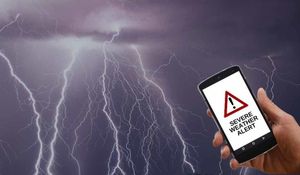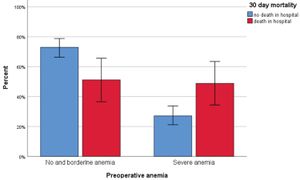A significant winter storm is poised to sweep across the Midwest and Northeast starting February 5, 2025, bringing hazardous weather conditions including snow and freezing rain. Dubbed Winter Storm Freya by meteorologists, this potent storm system promises adverse travel impacts and potential power outages.
According to the National Weather Service (NWS), the storm will begin its trek from the Midwest before moving eastward toward the Northeast, affecting major cities such as Chicago, Des Moines, Baltimore, Washington, and Boston. The NWS alerts warn residents to prepare for repercussions from this storm, which is expected to bring various types of precipitation, especially freezing rain.
Winter weather advisories have been issued for multiple states stretching from Michigan’s lower peninsula to the Mid-Atlantic regions, including Delaware, Maryland, Pennsylvania, New Jersey, New York, and parts of southern New England. Within these areas, icy conditions will begin to develop as early as Wednesday morning.
“Icy storms are incredibly dangerous,” warns Jonathan Porter, chief meteorologist at AccuWeather. “A thin layer of ice can create hazardous driving conditions on bridges, highways and ramps in mere seconds. An accumulation of just half an inch of ice can add up to 500 pounds of extra weight or more to power lines. Families and businesses should be prepared for the risk.”
Forecasts indicate the most significant impacts will be felt across the northern states, with Maryland and Pennsylvania expected to face the brunt of the storm. Cities including Harrisburg, Scranton, State College, and Cumberland are under alerts for potential ice accumulation, which could lead to dangerous travel conditions and widespread power outages.
“The potential exists for dangerous amounts of ice accretion until Thursday,” states AccuWeather meteorologist Brandon Buckingham, emphasizing the significant risk of tree damage and power outages throughout the affected regions.
The first wave of winter weather is set to hit Wednesday evening, with rain expected to transition to freezing rain and sleet as the night progresses. Major metropolitan areas like Baltimore, Philadelphia, and Washington, D.C., may see hazardous conditions overnight, which could carry over to the Thursday morning commute.
Travel conditions are expected to deteriorate quickly due to freezing rain affecting key highways, including Interstates 81, 76, 70, and the I-95 corridor stretching from New York City to Boston. With roads becoming dangerously slick, commuters are urged to avoid unnecessary travels during the storm peak.
Beyond the immediate storm, another winter weather system is anticipated to impact the region later over the weekend, from February 8 to 9. Meteorologists indicate this subsequent system, termed Winter Storm Garnett, might also bring additional ice and snow, compounding the risks already faced from Freya.
Forecasters suggest areas such as the Middle Atlantic and Northeast might experience yet another round of wintry precipitation, with snow and icy conditions predicted to persist next week as atmospheric patterns remain conducive to winter storms.
By this Friday, the NWS will continually update their forecasts for the aftermath of these winter storms, so it’s wise for residents to stay informed about localized weather alerts.
With frigid temperatures and severe winter weather expected to linger, vehicle preparedness is key. The NWS advises motorists to drive with caution and to be ready for sudden changes in visibility caused by icy conditions. Keeping emergency supplies handy during hazardous weather is also recommended to mitigate risks.
These winter storms are driven by unusually strong jet stream patterns, influenced by temperature differences between the frigid north and warmer southern regions. This atmospheric setup has led to increased storminess, resulting in severe winter weather from the Midwest to the Northeast.
Residents are reminded to remain vigilant as they navigate these challenging weather conditions. With significant accumulations of ice and snow expected, staying safe and proactive during this winter storm season is imperative.



